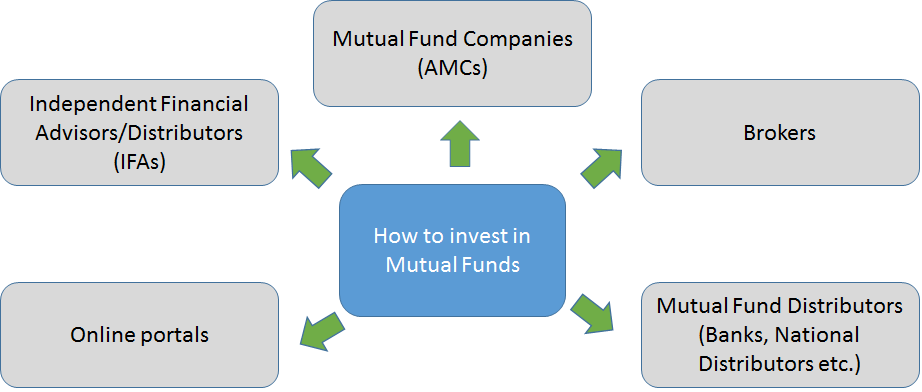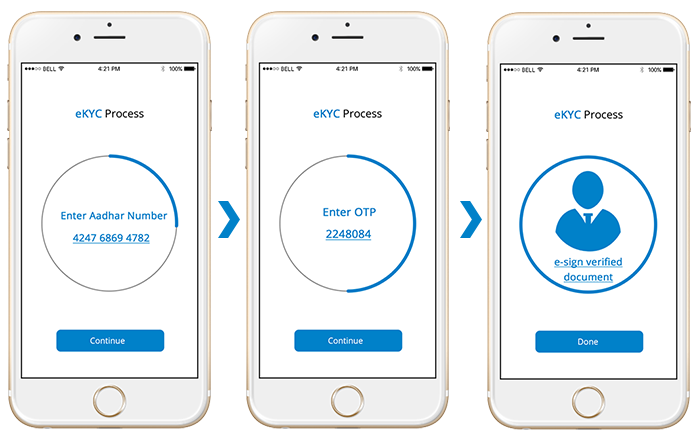
Table of Contents
SEBI Guidelines for Investing in Mutual Funds
The Securities and Exchange Board of India, commonly known as SEBI, is the regulator of the securities Market in India. SEBI was established in the year 1988 and given statutory powers on 30 January 1992 through the SEBI Act, 1992. SEBI works for the protection of investors’ interest in securities while regulating and promoting the securities’ market.
Key information about SEBI:
| Name | The Securities and Exchange Board of India |
|---|---|
| Inception | 12 April 1992 |
| Type | Regulatory Body |
| Chairman | Madhabi Puri Buch (1 March 2022 to Present) |
| Ex- Chairman | Ajay Tyagi (10 February 2017 to 28 February 2022) |
| Headquarters | Mumbai |
| Toll-Free Service for Investors | 1800 266 7575/1800 22 7575 |
| Head Office Tel | +91-22-26449000/40459000 |
| Head Office Fax | +91-22-26449019-22/40459019-22 |
| sebi[AT]sebi.gov.in |
*The toll free helpline service is available on all days from 9:00 a.m to 6:00 p.m (excluding declared holidays).

SEBI aims to simplify the wide variety of mutual fund schemes that tend to confuse investors due to their complexity. All the schemes are regulated by SEBI and the organization makes sure that the investors are able to understand schemes and are able to compare different schemes offered by mutual fund companies.
SEBI Guidelines for Mutual Funds
SEBI has given out in various methods and measures to ensure the investor protection from time to time. It is responsible for making policies related to Mutual Funds. It makes sure that whoever invests in mutual fund schemes is being safeguarded by the rules & regulation of the Industry. SEBI ensures that there is uniformity in every scheme offered by different Mutual Fund Houses.
Some of the key things uniformed in every scheme are the investment objective, Asset Allocation, risk Factor, top holdings, etc. An investor who is planning to invest in Mutual Funds should know that SEBI has re-categorised Mutual Funds on 6th October 2017. This mandates Mutual Fund Houses to categories all their schemes (existing & future scheme) into 5 broad categories and 36 sub-categories.
Talk to our investment specialist
They are-
I. Equity Schemes
- Large cap fund
- Large and mid cap fund
- Mid Cap Fund
- small cap Fund
- Multi Cap Fund
- ELSS
- Dividend Yield Fund
- value fund
- contra fund
- focused fund
- Sector/Thematic Fund
Read the detailed article here- Equity Funds & New Categories
II. Debt MF Schemes
- Overnight Fund
- Liquid Fund
- Ultra Short Duration Fund
- Low Duration Fund
- money market fund
- Short Duration Fund
- Medium Duration Fund
- Medium to Long Duration Fund
- Long Duration Fund
- Dynamic bond Fund
- Corporate Bond Fund
- Credit Risk Fund
- Banking and PSU Fund
- Gilt Fund
- Gilt Fund with 10-year Constant Duration
- Floater Fund
Read more- Debt fund & New Categories
III. Hybrid MF Schemes
- Conservative Hybrid Fund
- Balanced Hybrid Fund
- Aggressive Hybrid Fund
- Dynamic Asset Allocation or Balanced Advantage Fund
- Multi Asset Allocation
- Arbitrage Fund
- Equity Savings
IV. Solution Oriented Schemes
- retirement Fund
- Children’s Fund
V. Other Schemes
- Index Fund/ETF
- FOFs (Overseas & Domestic)
SEBI Guidelines for Investors
Scheme Information
It is suggested to investors that before making investments in any of the mutual fund scheme, it is important to go-through and read all the detailed information regarding the scheme. One must understand the scheme’s objective and it should match to your investment idea.
Time Frames
Investors should have an idea about how long they wish to invest in a scheme. Also, one should ensure the time frames assigned to each scheme so that the plan grows.
Risk Profile
Since mutual funds are diverse in option, they carry some level of risk with them. So, ideally when an investor in planning to invest in mutual funds should know their risk ability. One should match their risk appetite to the scheme that they wish to invest in.
Diversify Portfolio
Diversification helps in mitigating risk of potential losses. Therefore, SEBI guides investors to spread out their investments over various schemes, which will increase the chances of maximizing profits. Diversification helps investors to sustain over the long-term.
SEBI Regulation
Highlights for Investment in Mutual Funds
The following are the major highlights of the regulator’s guidelines regarding mutual funds:
- SEBI has set a clear classification as to what is a large cap, mid cap and small cap:
| Market Capitalization | Description |
|---|---|
| Large cap company | 1st to 100th company in terms of full market capitalization |
| Mid cap company | 101st to 250th company in terms of full market capitalization |
| Small cap company | 251st company onwards in terms of full market capitalization |
Solution-oriented schemes have a lock-in. The retirement solution oriented scheme will have a lock-in of five years or till the age of retirement. The children oriented scheme will have a lock-on for five years or until the child attains the age of majority, whichever is earlier.
Permission of only one scheme in each category, except for Index Funds/Exchange-Traded Funds (ETF), Sectoral/thematic funds and Funds of Funds.
All efforts have been made to ensure the information provided here is accurate. However, no guarantees are made regarding correctness of data. Please verify with scheme information document before making any investment.











